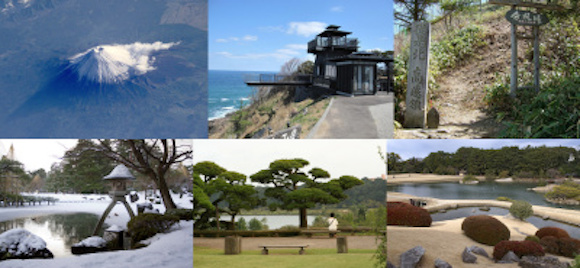
Japan really loves to put its tourist spots into a top three list, such as the top three gardens or the top three hot springs. And a lot of tourists like to visit all three of the places to be able to say they’ve completed the set. But which of these famous trios do Japanese tourists want to visit the most? The website Web R25 recently surveyed 664 of their readers to ask them which of the top three lists they most want to visit. Click below to find out which trio of tourist hotspots topped the list and be sure to let us know which one you prefer in our RocketNews24 poll at the bottom!
1. Top 3 nighttime views (Hakodate, Kobe, Nagasaki)
About a quarter of the respondents said that they would like to visit these three cities to see what many consider the best three nighttime views. Hakodate on Japan’s northernmost island of Hokkaido is famous for its gorgeous nighttime landscape as seen from the top of a nearby mountain. From its unique position on a peninsula, the city’s hourglass-like shape makes for a fantastic light display.
The nighttime view of Kobe, in Hyogo Prefecture, is best seen from the Mt. Maya observatory in the mountain range behind the bustling port city. From Mt. Maya, tourists can see a panoramic landscape of the densely populated Hanshin area where the cities of Kobe and Osaka merge into a sprawling metropolis of lights. And the hilly city of Nagasaki on Kyushu island in southern Japan makes for a breath-taking nighttime landscape of lights from the top of Mt. Inasa.
▼Hakodate
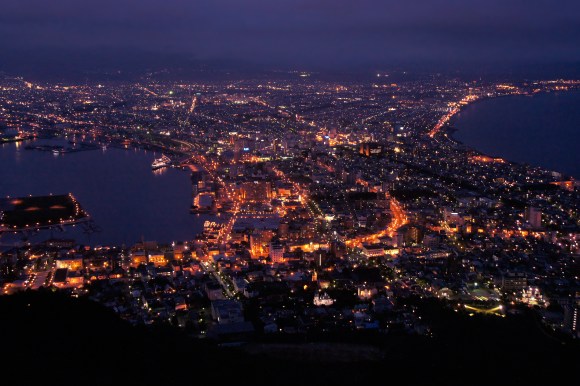
▼Kobe
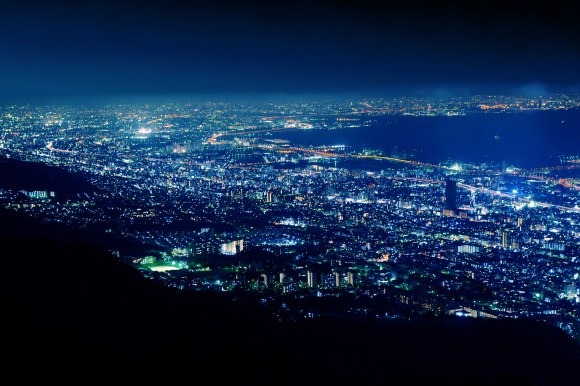
▼Nagasaki
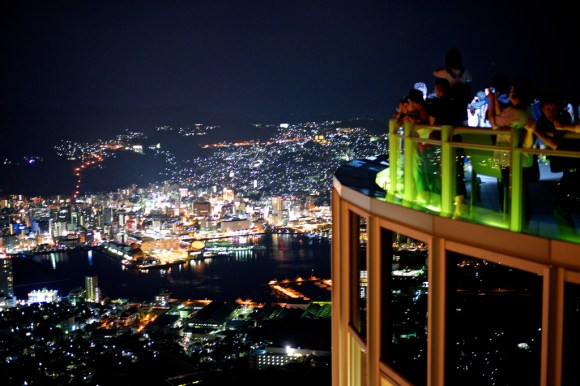
2. Top three hot springs (Atami, Shirahama, Beppu)
About 22% of the readers said that they wanted to visit all three of Japan’s “top three hot springs.” Being a volcanic country sitting on top of multiple fault lines, natural hot springs are everywhere in Japan. So to top the list of “best three” really says something about these three hot spring destinations.
Just south of Tokyo, Atami in Shizuoka Prefecture is well-known as the place where feudal lords like Tokugawa Ieyasu visited to take a relaxing bath in the area’s many hot springs. Mentioned in the second oldest Japanese history book, Shirahama in Wakayama Prefecture is well-established as a beach resort town with a huge number of hot springs. In the south, the Beppu hot springs in Oita Prefecture is famous for the many varieties of mineral baths and the town discharges the largest amount of hot spring water in Japan.
▼ The hot spring city of Atami
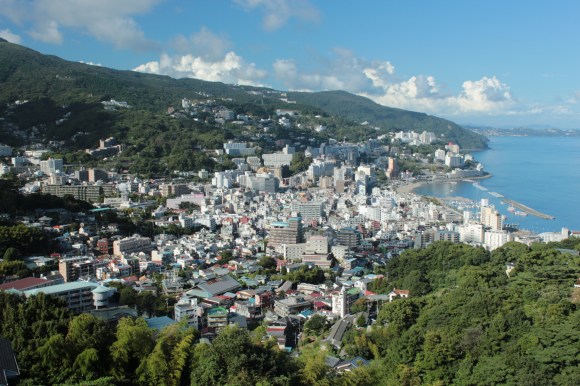
▼One of the beachfront hot springs of Shirahama
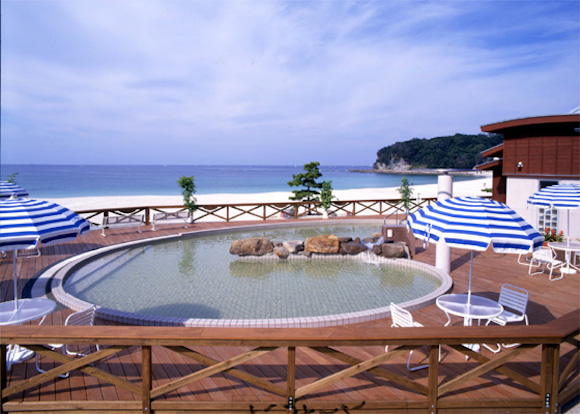
▼Beppu hot springs

3. Top 3 power spots (Mt. Fuji, Sanctuary Cape, Bungui pass)
Although the authenticity of power spots is dubious at best, almost 15% of the respondents said they would like to visit these three spots where it’s said that you can obtain spiritual energy from the earth. As Japan’s tallest mountain, Mt. Fuji is often regarded as holy land where humans can be close to the heavens and climbers there can also benefit from the earth’s energy that “exits” from the top. Sanctuary Cape on the tip of the Noto peninsula in Ishikawa Prefecture sits at a unique place in Japan where it juts out enough into the Sea of Japan where three different currents meet, supposedly giving visitors energy straight from Mother Nature. Bungui pass in Nagano Prefecture boasts of being a place with “zero magnetic field” and hikers can be filled with the qi, or energy, that flows there.
▼ Mt. Fuji
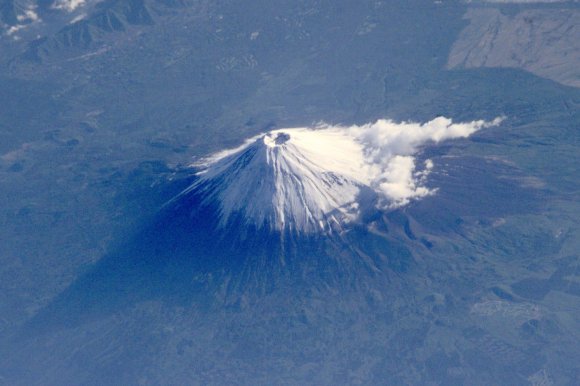
▼ Sanctuary Cape
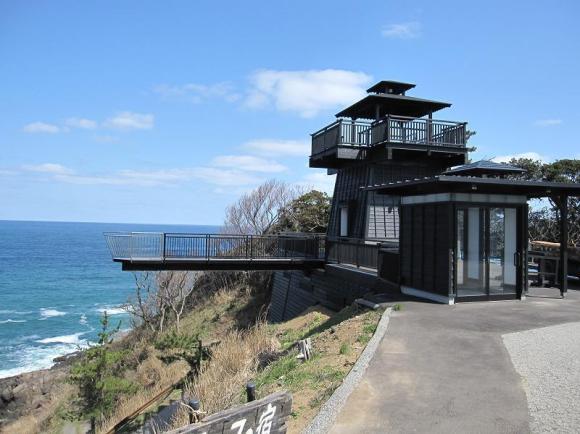
▼Bungui pass
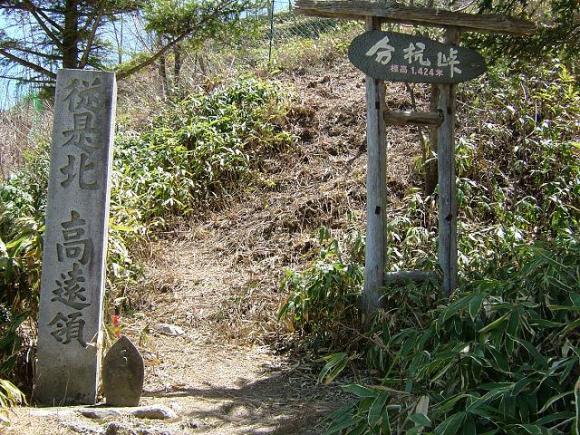
4. Top 3 festivals (Gion Festival, Tenjin Festival, Kanda Festival)
While not really a place, about 12% of people said that they wanted to go to all three of Japan’s most famous festivals. The month-long Gion Festival in Kyoto takes place every July and the biggest draw is the parade of Yamabako floats on the 17th. The history of the festival goes back more than 1,000 years. The Tenjin Festival in Osaka also goes back more than 1,000 years and is famous for the parade of fire-lit boats that ends with fireworks. On odd-numbered years, the Kanda Festival in Tokyo holds a massive parade where 100 portable shrines are carried through central parts of the capital city.
▼Gion Festival in Kyoto
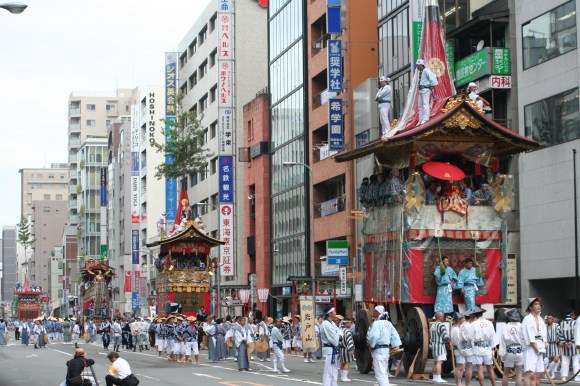
▼ The parade of boats at the Tenjin Festival in Osaka
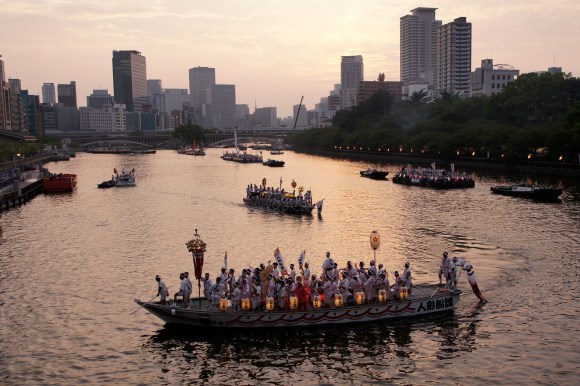
▼Kanda Festival
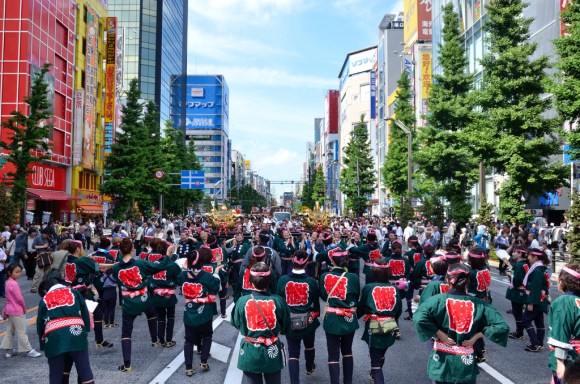
5. Top 3 cherry trees (Miharu Takizakura, Usuzumizakura, Jindaizakura)
Cherry blossoms, or sakura, are a big deal in Japan every spring when the flower blossoms and people gather to eat and drink themselves silly under the pretty pink petals in hanami or flower-viewing parties. Although these three gigantic sakura trees aren’t really the place for hanami, about 10% of respondents said that they would like to see three of Japan’s biggest cherry blossom trees.
Miharu Takizakura in Fukushima Prefecture is a 1,000 year-old cherry tree that looks like a water fall of cherry blossom petals. About 300,000 people visit the 12 meter-high national treasure every year. Usuzumizakura in Gifu Prefecture is said to have been planted by Emperor Keitai 1,500 years ago. Its name comes from the light gray, or usuzumi, color the blossoms turn when they fall. Jindaizakura in Yamanashi Prefecture may be one of Japan’s oldest cherry trees at 2,000 years old and is said to have been planted by Prince Yamatotakeru.
▼Miharu Takizakura
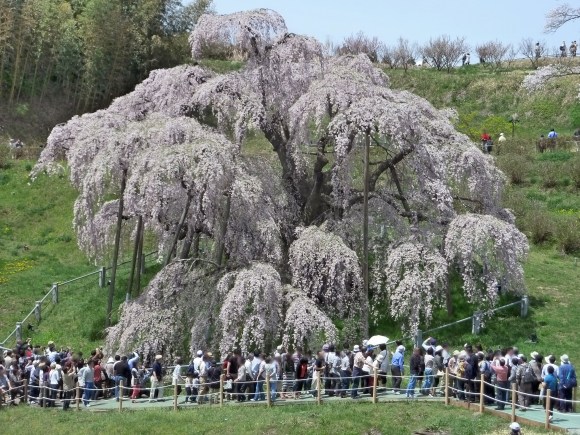
▼Usuzumizakura
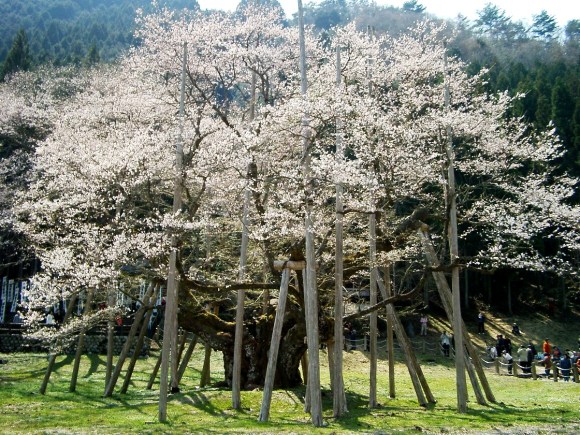
▼Jindaizakura
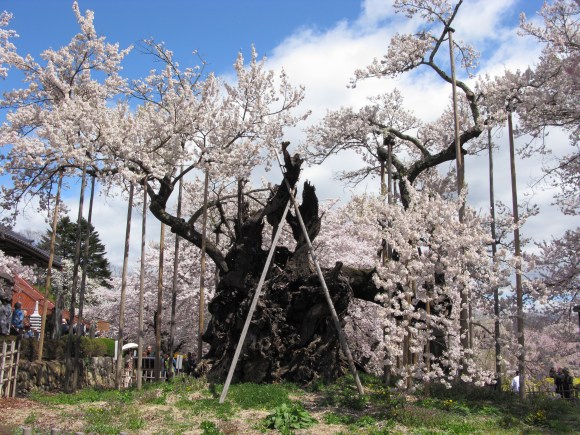
6. Top 3 secret places (Shirakawa in Gifu, Iyayama village, Shiiba village)
About 10% of people said that they wanted to visit these three Japanese villages known for being well off the beaten path. Shirakawa Village in Gifu Prefecture is a UNESCO World Heritage site and is especially popular to visit in the winter time when snow coats the unique thatched roof houses. Iyayama Village in picturesque Iya valley has become a very popular tourist destination for its vine bridges and untouched natural beauty. In the middle of Kyushu Island, the mountainous Shiiba Village can only be reached by windy roads through the dense Miyazaki Forest.
▼ The thatched houses of Shirakawa
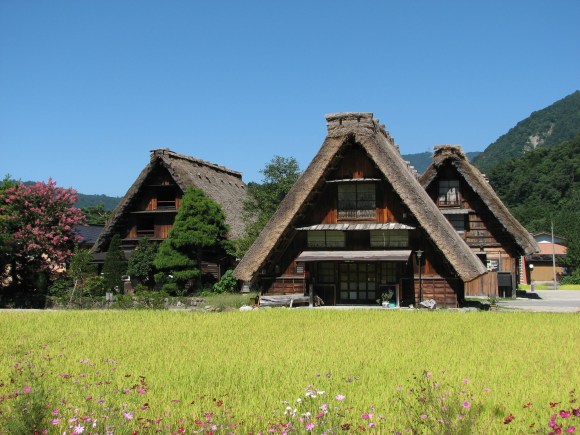
▼ Iyayama Village scenery
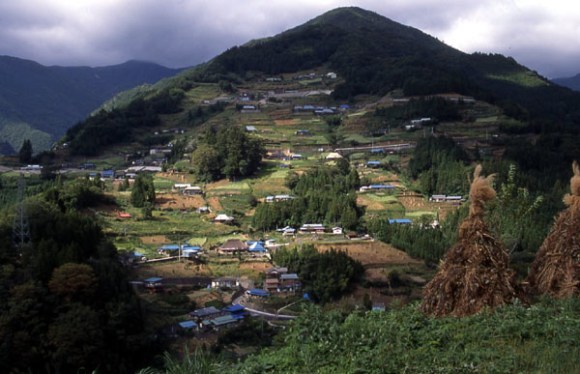
▼Shiiba Village
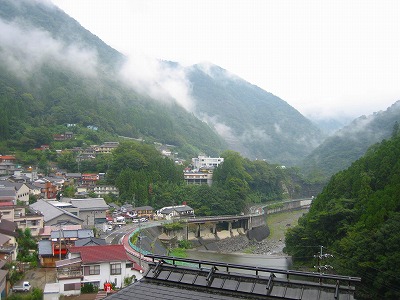
7. Top 3 secret baths (Niseko Yakushi hot springs, Yachi hot springs, Iya hot springs)
About 9% of people said that they wanted to make the trek to visit all three of Japan’s “secret baths,” small hot springs located far from the larger tourist-heavy baths. In Hokkiado, Niseko Yakushi is a hot spring said to cure all sorts of physical problems. The murky bath is surrounded by mountains in a small, cozy inn. The no-frills Yachi hot spring in northern Aomori prefecture is 780 meters above sea level and first opened about 400 years ago. And if taking a cable car to an open-air bath 170 meters below your hotel sounds like a good time, Iya hot springs in Tokushima is the place for you to enjoy a warm bath overlooking the Iya ravine.
▼ The murky waters of Niseko Yakushi
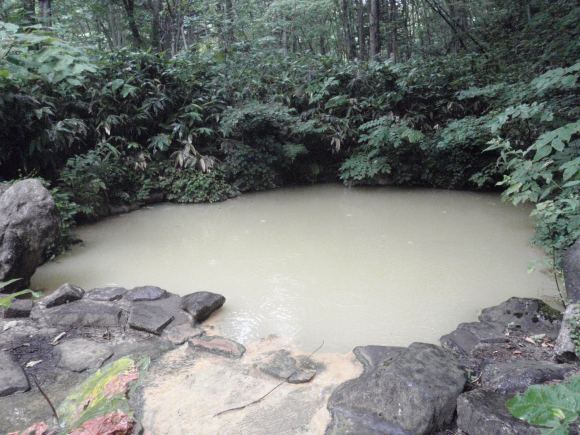
▼ No luxuries here at Yachi hot springs
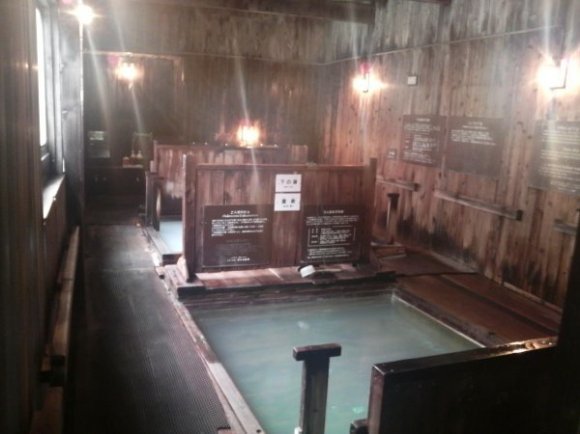
▼ A view of the Iya ravine from Iya hot springs
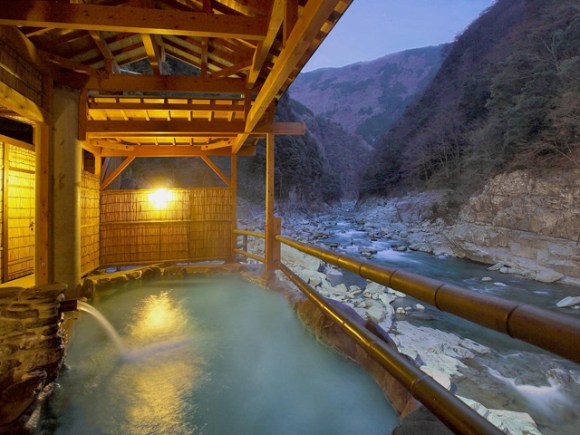
8. Top 3 castles (Kumamoto Castle, Nagoya Castle, Himeji Castle)
For a country where castles are a dime a dozen, Japan may argue which castles are the best, but about 8% of people wanted to visit these three in particular. Rebuilt in 1960, Kumamoto Castle still has some of the original wooden buildings on site from its more than 500 year history. Much of Nagoya Castle was destroyed in World War II when it was used as a POW camp administration office, it still remains an important part of history for the former castle town in Nagoya. And although Himeji Castle in Hyogo Prefecture was damaged by bombing in WWII and the 1995 Hanshin Earthquake, it is mostly intact and is the most visited castle in Japan thanks to extensive restoration.
▼ Kumamoto Castle
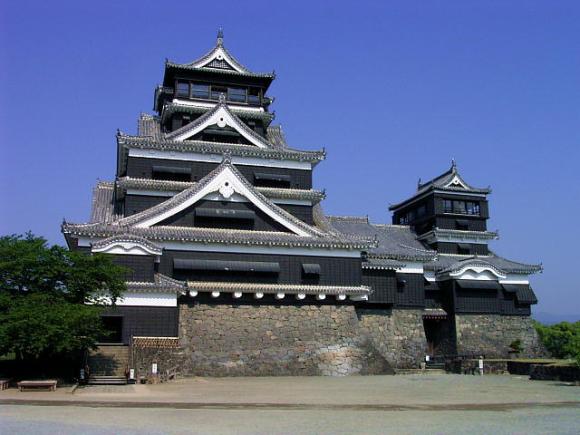
▼ Nagoya Castle
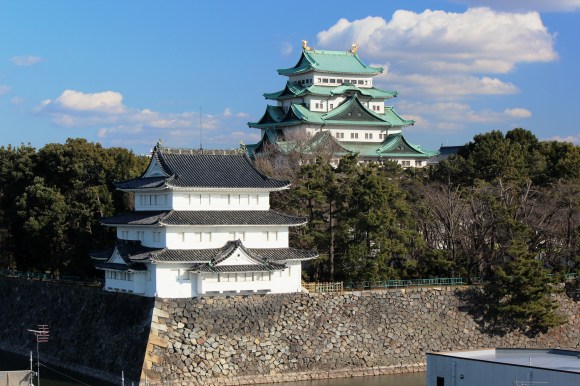
▼ Himeji Castle

9. Top 3 sacred places (Mt. Osore, Mt. Hiei, Mt. Koya)
Sacred, holy or just plain haunted, these three places in Japan are said to be very active with the supernatural realm and about 7% of respondents wanted to experience all of them. Known as the gateway to hell, Mt. Osore, or Dread Mountain, is a spooky-looking caldera volcano in a very remote part of Aomori Prefecture. And on the border of Kyoto and Shiga prefectures, Mt. Hiei it known from ancient folklore as the home of gods and demons, but is also the actual home of one of the most significant monasteries of Japan, Enryaku-ji. Just south of Osaka, Mt. Koya in Wakayama Prefecture is home to a buddhist university and more than 100 temples that host pilgrims who want to experience the life of a monk.
▼ View from the top of Mt. Osore
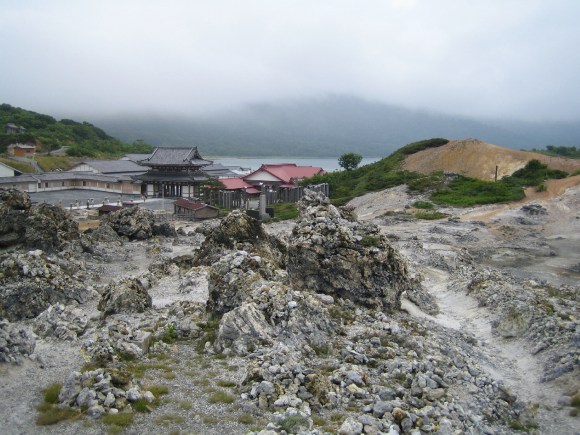
▼ Mt. Hiei from Lake Biwa
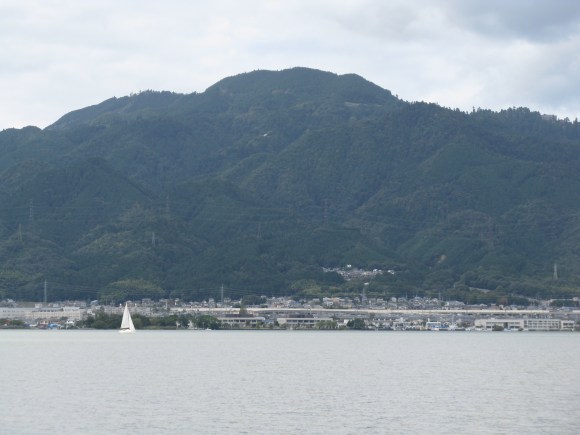
▼ A road on Mt. Koya
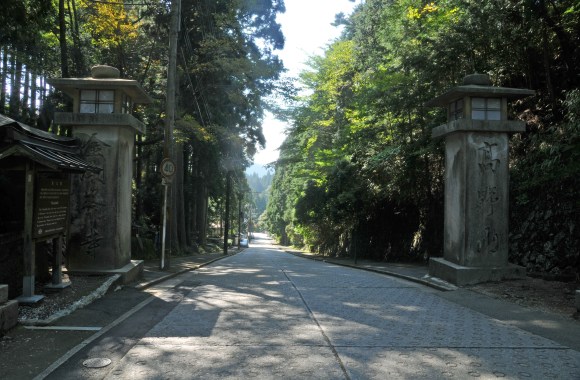
10. Top 3 gardens (Kenrokuen, Kairakuen, Kourakuen)
The Three Great Gardens of Japan finished up the top 10 list with about 7% of people wanting to visit the trio of famous gardens. In Kanzawa, Ishikawa Prefecture, Kenrokuen is most famous for the oldest continually functioning water fountain in Japan. Kairakuen, in Ibaraki Prefecture, is unique for its status as the only one of the top three built for the public, not for a ruling lord. And Kourakuen in Okayama was heavily damaged from WWII bombing, but was restored soon after to its original beauty.
▼Kenrokuen after a snowfall
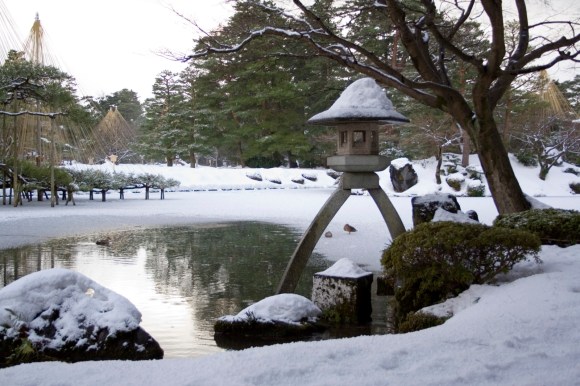
▼ Kairakuen
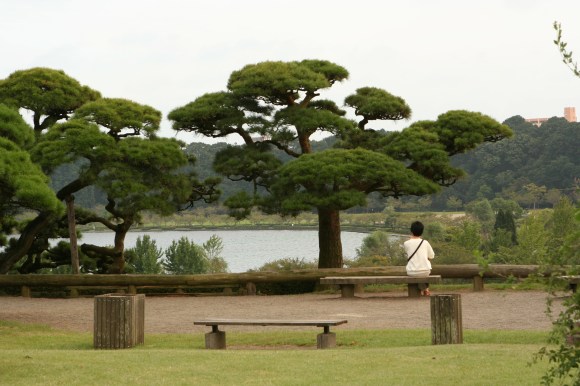
▼Kourakuen
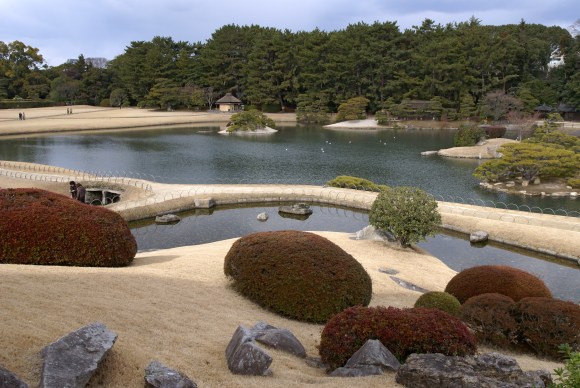
Now that you know ten of Japan’s most famous “top 3” lists, which trio of famous sites would you most like to visit? Let us know in the poll below! Also, let us know in the comments which of these “top 3” sites you have already been to and if they are worth the visit!
Source: Web R25

 Japan’s top 10 open-air hot spring baths with cherry blossom views【Survey】
Japan’s top 10 open-air hot spring baths with cherry blossom views【Survey】 Enjoy fall to the fullest by soaking up a splash of color with autumn leaves and onsen
Enjoy fall to the fullest by soaking up a splash of color with autumn leaves and onsen 2018 Top 20 Day Trip Onsen Hot Spring and Spa Ranking in Japan
2018 Top 20 Day Trip Onsen Hot Spring and Spa Ranking in Japan Sakura 2017: The best places to see cherry blossoms in Japan
Sakura 2017: The best places to see cherry blossoms in Japan The top 10 hot springs Japanese travelers want to visit this fall
The top 10 hot springs Japanese travelers want to visit this fall We revisited Sweets Paradise after a decade to see if Japan’s dessert buffet still delivers
We revisited Sweets Paradise after a decade to see if Japan’s dessert buffet still delivers Survey finds more than 70 percent of Japanese children have an online friend
Survey finds more than 70 percent of Japanese children have an online friend Japanese thug wear from Birth Japan perfect for those breaking bad next year
Japanese thug wear from Birth Japan perfect for those breaking bad next year Visiting Hokkaido’s adorable and awesome Asahikawa rice paddy art【Photos】
Visiting Hokkaido’s adorable and awesome Asahikawa rice paddy art【Photos】 Dragon Quest Burgers and Slime drinks are coming to McDonald’s Japan【Video】
Dragon Quest Burgers and Slime drinks are coming to McDonald’s Japan【Video】 Sanrio theme park in Japan announces plans to expand into a Sanrio resort
Sanrio theme park in Japan announces plans to expand into a Sanrio resort Starbucks Japan reveals this year’s lucky bag bundle, pre-order lottery opens tomorrow
Starbucks Japan reveals this year’s lucky bag bundle, pre-order lottery opens tomorrow Hayao Miyazaki says Happy New Year to Studio Ghibli fans with new art for Year of the Horse
Hayao Miyazaki says Happy New Year to Studio Ghibli fans with new art for Year of the Horse Mr. Sato accosts award-winning actor Hideaki Ito【Interview】
Mr. Sato accosts award-winning actor Hideaki Ito【Interview】 The Japanese dog cafe that isn’t technically a dog cafe
The Japanese dog cafe that isn’t technically a dog cafe Starbucks Japan ready to get Year of the Horse started with adorable drinkware and plushies【Pics】
Starbucks Japan ready to get Year of the Horse started with adorable drinkware and plushies【Pics】 Cyberpunk anime meets traditional culture in Ghost in the Shell gold leaf Japanese changing screens
Cyberpunk anime meets traditional culture in Ghost in the Shell gold leaf Japanese changing screens 7 great places to see Mt. Fuji from without having to climb it
7 great places to see Mt. Fuji from without having to climb it Hello Kitty Choco Egg figures are an adorable trip through three periods of Japanese pop culture【Pics】
Hello Kitty Choco Egg figures are an adorable trip through three periods of Japanese pop culture【Pics】 7-Eleven Japan’s ramen-cooking robot whipped us up a bowl of noodles【Taste test】
7-Eleven Japan’s ramen-cooking robot whipped us up a bowl of noodles【Taste test】 We found possibly the quietest Japanese-style hotel in Tokyo’s bustling Shinjuku district
We found possibly the quietest Japanese-style hotel in Tokyo’s bustling Shinjuku district Japan’s otoshidama tradition of giving kids money at New Year’s gets a social welfare upgrade
Japan’s otoshidama tradition of giving kids money at New Year’s gets a social welfare upgrade Sumo Sanrio! Hello Kitty and pals team up with Japan Sumo Association for new merch【Pics】
Sumo Sanrio! Hello Kitty and pals team up with Japan Sumo Association for new merch【Pics】 More Than a Capsule Stay: Why Solo Travelers Choose “global cabin Yokohama Chinatown”
More Than a Capsule Stay: Why Solo Travelers Choose “global cabin Yokohama Chinatown” Japan’s oldest largetooth sawfish in captivity back on display in Mie Prefecture
Japan’s oldest largetooth sawfish in captivity back on display in Mie Prefecture 7-Eleven Japan starts new temporary luggage storage service in over 300 branches
7-Eleven Japan starts new temporary luggage storage service in over 300 branches Disillusionment at Tsukiji’s tourist-target prices led us to a great ramen restaurant in Tokyo
Disillusionment at Tsukiji’s tourist-target prices led us to a great ramen restaurant in Tokyo Starbucks teams up with 166-year-old Kyoto doll maker for Year of the Horse decorations【Photos】
Starbucks teams up with 166-year-old Kyoto doll maker for Year of the Horse decorations【Photos】 Tokyo considering law requiring more trash cans following litter increase in heavily touristed area
Tokyo considering law requiring more trash cans following litter increase in heavily touristed area Tokyo’s Tsukiji sushi neighborhood asks tour groups to stay away for the rest of the month
Tokyo’s Tsukiji sushi neighborhood asks tour groups to stay away for the rest of the month Tokyo event lets you travel back in time, for free, to celebrate 100 years since Showa era start
Tokyo event lets you travel back in time, for free, to celebrate 100 years since Showa era start Japan may add Japanese language proficiency, lifestyle classes to permanent foreign resident requirements
Japan may add Japanese language proficiency, lifestyle classes to permanent foreign resident requirements Stamina-destroying “Paralysis Noodles” are Tokyo’s newest over-the-top ramen innovation
Stamina-destroying “Paralysis Noodles” are Tokyo’s newest over-the-top ramen innovation Survey asks foreign tourists what bothered them in Japan, more than half gave same answer
Survey asks foreign tourists what bothered them in Japan, more than half gave same answer Japan’s human washing machines will go on sale to general public, demos to be held in Tokyo
Japan’s human washing machines will go on sale to general public, demos to be held in Tokyo Japan’s deadliest food claims more victims, but why do people keep eating it for New Year’s?
Japan’s deadliest food claims more victims, but why do people keep eating it for New Year’s? We deeply regret going into this tunnel on our walk in the mountains of Japan
We deeply regret going into this tunnel on our walk in the mountains of Japan Studio Ghibli releases Kodama forest spirits from Princess Mononoke to light up your home
Studio Ghibli releases Kodama forest spirits from Princess Mononoke to light up your home Major Japanese hotel chain says reservations via overseas booking sites may not be valid
Major Japanese hotel chain says reservations via overseas booking sites may not be valid Put sesame oil in your coffee? Japanese maker says it’s the best way to start your day【Taste test】
Put sesame oil in your coffee? Japanese maker says it’s the best way to start your day【Taste test】 No more using real katana for tourism activities, Japan’s National Police Agency says
No more using real katana for tourism activities, Japan’s National Police Agency says Starbucks Japan reveals new sakura drinkware collection, inspired by evening cherry blossoms
Starbucks Japan reveals new sakura drinkware collection, inspired by evening cherry blossoms Updated cherry blossom forecast shows extra-long sakura season for Japan this year
Updated cherry blossom forecast shows extra-long sakura season for Japan this year The top five best multiple-hot-spring hotels in all of Japan
The top five best multiple-hot-spring hotels in all of Japan Top 20 most popular castles in Japan revealed for 2016
Top 20 most popular castles in Japan revealed for 2016 Japan’s 10 best ryokan inns and top 10 hotels, as chosen by foreign visitors
Japan’s 10 best ryokan inns and top 10 hotels, as chosen by foreign visitors Japan travel bucket list: top places to visit in each prefecture before you die【Part II】
Japan travel bucket list: top places to visit in each prefecture before you die【Part II】 18 awesome overnight hot spring trips from Tokyo, and a quiz to help pick the best one for you
18 awesome overnight hot spring trips from Tokyo, and a quiz to help pick the best one for you Midwinter “cherry blossoms” are making one of Japan’s best castles even more stunning【Photos】
Midwinter “cherry blossoms” are making one of Japan’s best castles even more stunning【Photos】 Japan’s Top Twenty roadside service stops, destinations in their own right
Japan’s Top Twenty roadside service stops, destinations in their own right Six sakura travel luxuries to make cherry blossom season extra-special at Japan’s premier resorts
Six sakura travel luxuries to make cherry blossom season extra-special at Japan’s premier resorts Foreign tourists pick the top 10 must-visit museums in Japan
Foreign tourists pick the top 10 must-visit museums in Japan The top 9 sakura cherry blossom viewing spots in Japan that you should know about
The top 9 sakura cherry blossom viewing spots in Japan that you should know about The top 10 Castles in Japan to visit in 2019, as ranked by TripAdvisor users
The top 10 Castles in Japan to visit in 2019, as ranked by TripAdvisor users Top 30 tourist sites in Japan: the most popular sightseeing spots for overseas visitors
Top 30 tourist sites in Japan: the most popular sightseeing spots for overseas visitors Japan’s 30 best travel destinations, as chosen by overseas visitors
Japan’s 30 best travel destinations, as chosen by overseas visitors Mt. Fuji festival to combine fireworks and cherry blossoms for unforgettably beautiful night
Mt. Fuji festival to combine fireworks and cherry blossoms for unforgettably beautiful night Got tattoos, but still want to experience a Japanese hot spring? It’s no problem here!
Got tattoos, but still want to experience a Japanese hot spring? It’s no problem here! Top 20 castles to visit in Japan in 2017
Top 20 castles to visit in Japan in 2017
Leave a Reply